
Co-Director
Daniel Schneider is the Malcolm Wiener Professor of Social Policy at the Harvard Kennedy School and Professor of Sociology in FAS at Harvard University. He is co-director of The Shift Project.
His research is at the intersection of inequality, labor, social demography, and social policy. His current work examines the contours and consequences of precarious working conditions and leverages novel survey data and stakeholder partnerships to understand how labor standards and high-road company practices can improve working conditions, economic security, and the wellbeing of workers and their families.
Learn more here: https://www.hks.harvard.edu/faculty/daniel-schneider
Publications
-

New Technology, Older Workers: How Workplace Technology is Associated with Indicators of Job Retention
Read the Full Article Middle-aged and older adults who are employed in precarious, high-strain jobs may face challenges to continued…
-

Estimating the Impact of State Paid Sick Leave Laws on Worker Outcomes in the U.S. Service Sector, 2017–2023
Read the Full Article In the absence of a federal paid sick leave (PSL) standard, numerous U.S. states have passed…
-
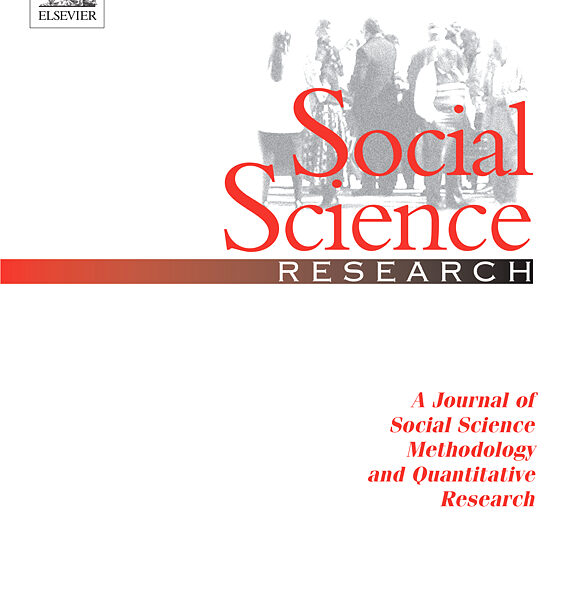
COVID-19 Employment Shocks and Safety Net Expansion: Health Effects on Displaced Workers
COVID-19 precipitated sharp job losses, concentrated in the service sector. Prior research suggests that such shocks would negatively affect health…
-

Between-firm sorting and parenthood wage gaps in the US service sector
We assess how the distribution of parents across firms contributes to parenthood wage gaps in a low-wage US labor market…
-
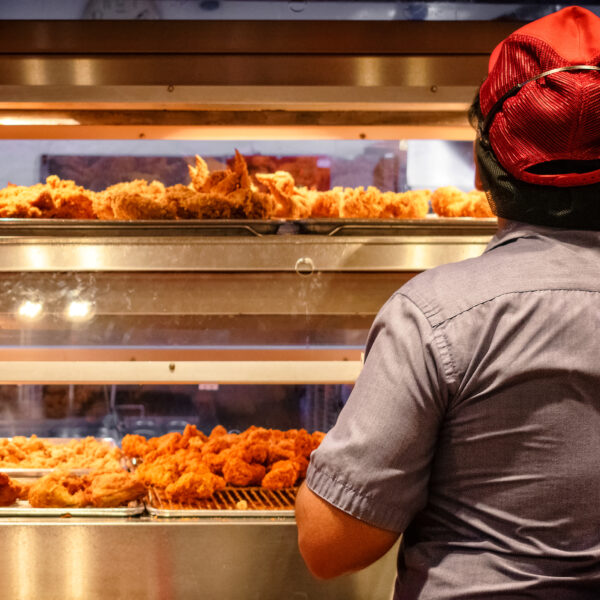
Early Effects of California’s $20 Fast Food Minimum Wage: Large Wage Increases with No Effects on Hours, Scheduling, or Benefits
By comparing California fast food workers with their counterparts in retail jobs or employed at the same firms outside of…
-
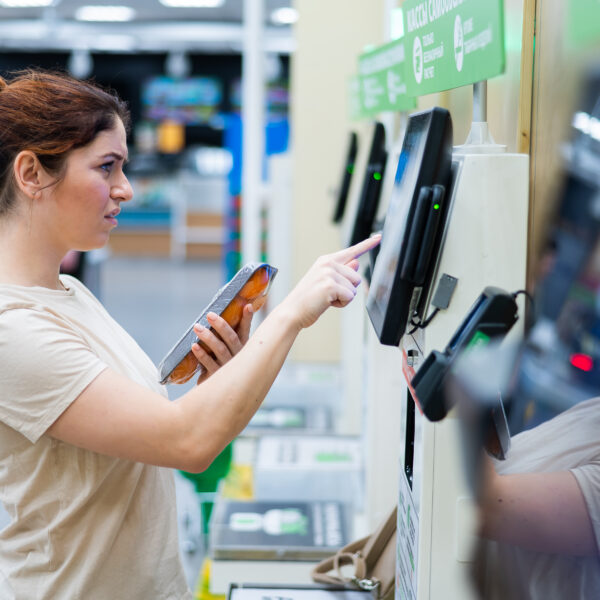
Please Wait, Help is on the Way: Self-Checkout, Understaffing, and Customer Incivility in the Service Sector
So called “self-checkout” machines have become one of the most ubiquitous, and one of the most fraught, forms of new…
-
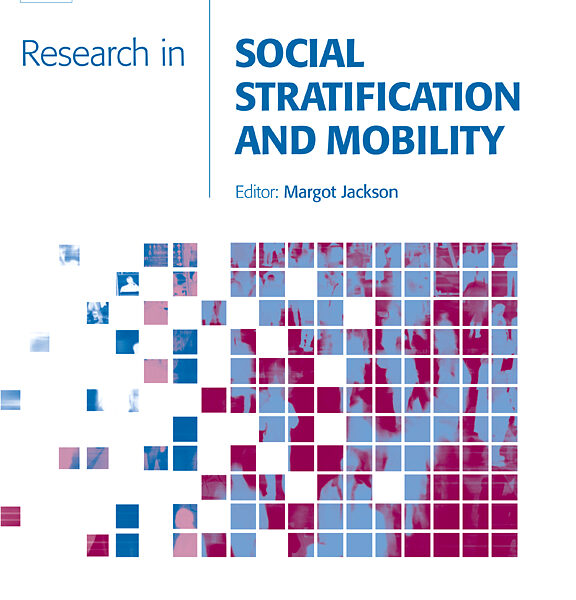
Labor market pathways to job quality mobility in the service sector: Evidence from the “Great Resignation”
We draw on new panel data collected from 8600 hourly service sector workers between 2017 and 2022 to estimate short-run…
-
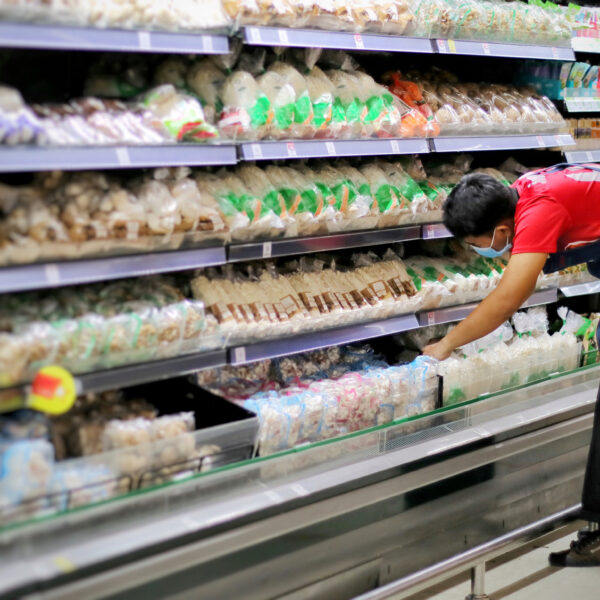
Compliance and the Complaint Gap: Labor Standards Violations in the California Service Sector
This report aims to illuminate the state of compliance with California’s core labor standards and the opportunities and barriers to…
-
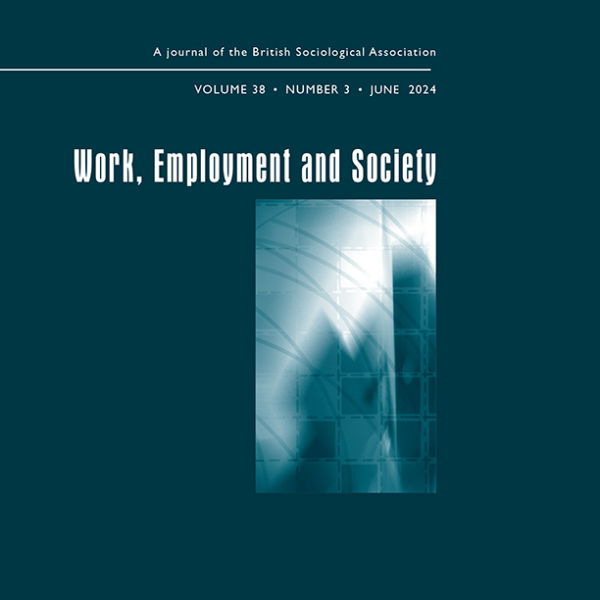
Parental Exposure to Work Schedule Instability and Child Sleep Quality
This study investigates the relationship between parental exposure to unstable and unpredictable work schedules and child sleep quality.
-
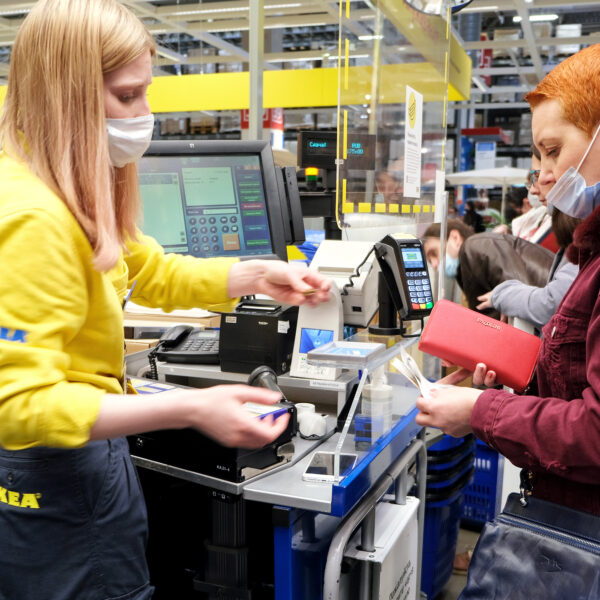
IKEA Self-Scheduling Intervention: Baseline Report
In this report, we document the scheduling conditions for IKEA co-workers before the launch of the intervention, and describe the…
-

Most Hourly Workers at Large Service Sector Firms Still Lack Paid Sick Leave
Paid sick leave is essential for worker well-being and the public health, yet the United States does not have a…
-

The Politics of Prevention: Polarization in How Workplace COVID-19 Safety Practices Shaped the Well-Being of Frontline Service Sector Workers
The COVID-19 pandemic dramatically reshaped the labor market, especially for service sector workers. Frontline service sector workers, already coping with…
-
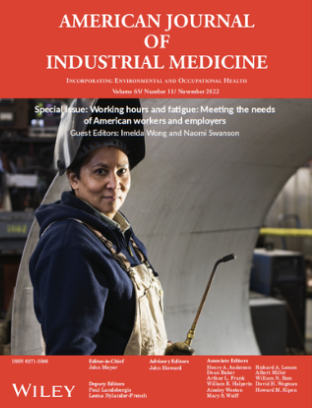
Racial/Ethnic and Gender Inequities in the Sufficiency of Paid Leave During the COVID-19 Pandemic: Evidence from the Service Sector
Access to paid family and medical leave (PFML), including leave to care for a seriously ill loved one or recover…
-

Mitigating the Impacts of Sexual Harassment: Evidence from a National Survey of Retail and Restaurant Workers
Workplace sexual harassment and violence inflict a variety of costs on survivors, raising important questions about prevention: changing the conditions…
-

Dreams Deferred: Downward Mobility and Making Ends Meet in the Service Sector
Nearly one-in-five jobs in the United State are in the service sector, including in retail, grocery, pharmacy, fast food, and…
-
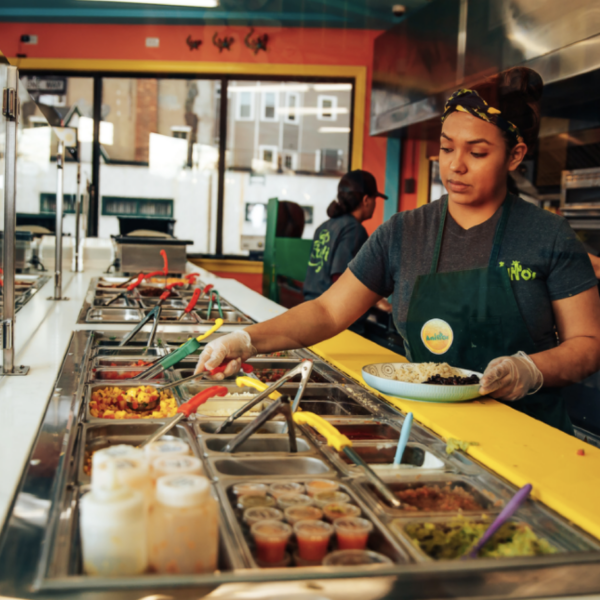
Why Are Young Workers Leaving Their Jobs?
The American labor market has experienced dramatic changes since the start of the global COVID-19 pandemic in the early spring…
-
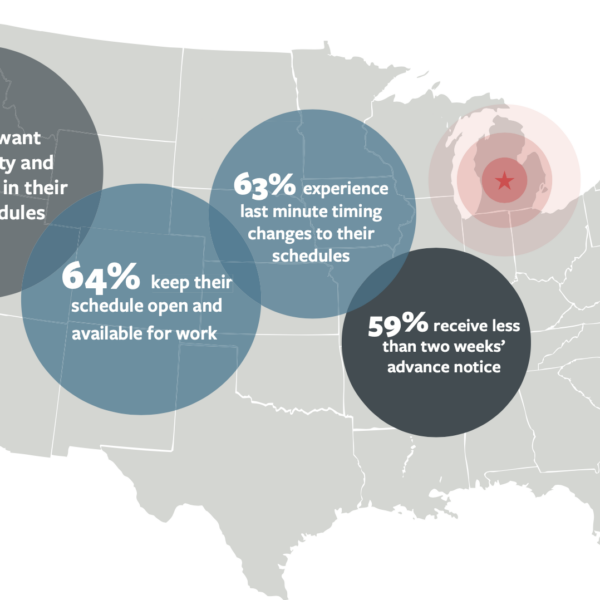
Working in The Service Sector in Michigan
This research brief is part of a series designed to advance our understanding of working conditions in the service sector—in…
-
![Working in The Service Sector in Colorado [UPDATED]](https://shift.hks.harvard.edu/wp-content/uploads/2023/01/CO-map-2-pdf.jpg)
Working in The Service Sector in Colorado [UPDATED]
This research brief is part of a series designed to advance our understanding of working conditions in the service sector—in…
-

The Gender Wage Gap, Between-Firm Inequality, and Devaluation: Testing a New Hypothesis in the Service Sector
Unequal sorting of men and women into higher and lower-wage firms contributes significantly to the gender wage gap according to…
-

Older Workers with Unpredictable Schedules: Implications for Well-being and Job Retention
A substantial portion of the service sector workforce is middle aged or older, but little is known about the scheduling…
-

Paid Family Leave and New Jersey’s Service Sector Workforce
Despite the widespread need to take leave from work when faced with a caregiving obligation or when welcoming a new…
-

Mandates Narrow Gender Gaps In Paid Sick Leave Coverage For Low-Wage Workers In The US
Paid sick leave helps workers recover from illness and manage care obligations and protects public health. Yet access to paid…
-

Parenting without Predictability: Precarious Schedules, Parental Strain, and Work-Life Conflict
Against the backdrop of dramatic changes in work and family life, this article draws on survey data from 2,971 mothers…
-
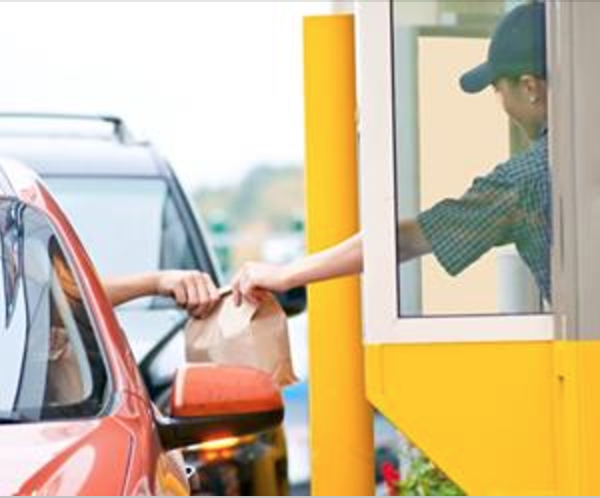
Low Pay, Less Predictability: Fast Food Jobs in California
In January 2022, the California State Assembly voted in support of a first-of its-kind labor bill, known as the Fast…
-
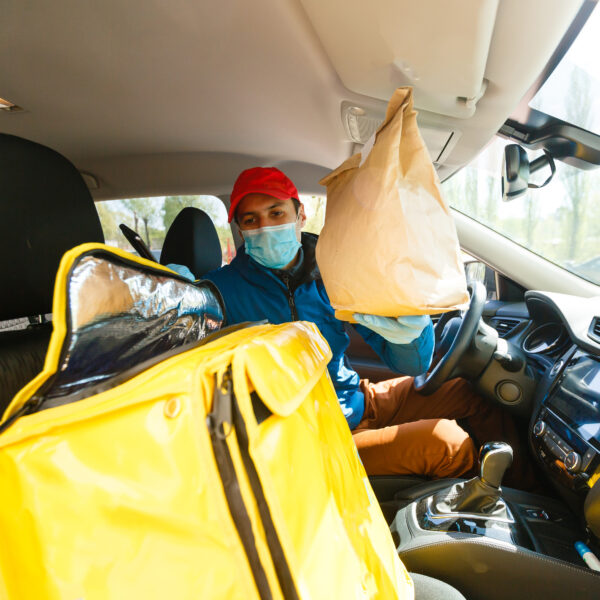
National survey of gig workers paints a picture of poor working conditions, low pay
A survey of gig workers in the spring of 2020 revealed that their jobs provided poor working conditions, even relative…
-

Good if you can get it: Benefits and inequalities in the expansion of paid sick leave during COVID-19
The COVID-19 pandemic has focused attention on the important role that frontline retail, grocery, food service, and delivery workers play…
-
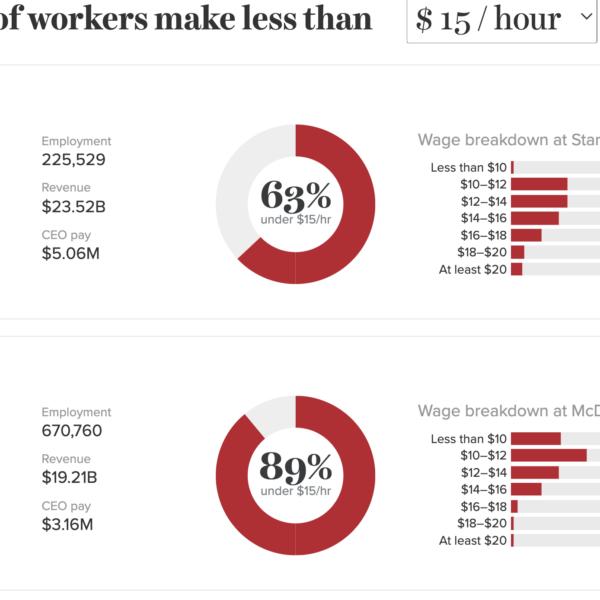
The Company Wage Tracker: Estimates of Wages at 66 Large Service Sector Employers
In this brief, we report wage distributions for hourly workers at 66 large service-sector firms, using unique survey data collected…
-

Schedule Unpredictability and High Cost Debt: The Case of Service Workers
High-cost financial services allow economically insecure families to make ends meet but often contribute to additional financial strain in the…
-
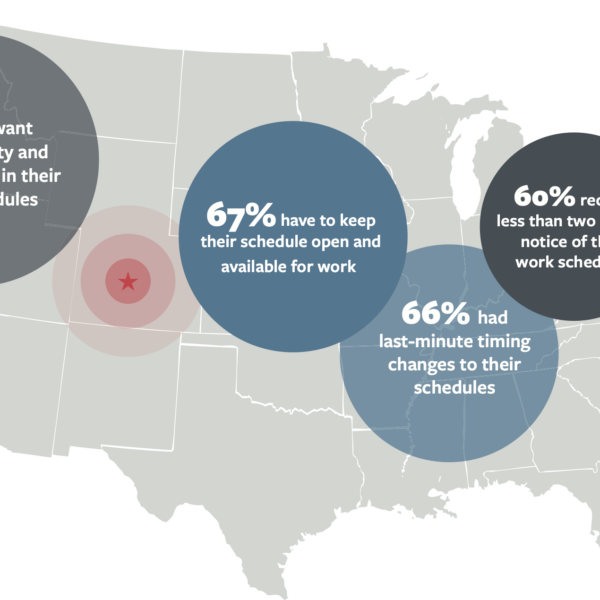
Working in the Service Sector in Colorado
This research brief is part of a series designed to advance our understanding of working conditions in the service sector—in…
-
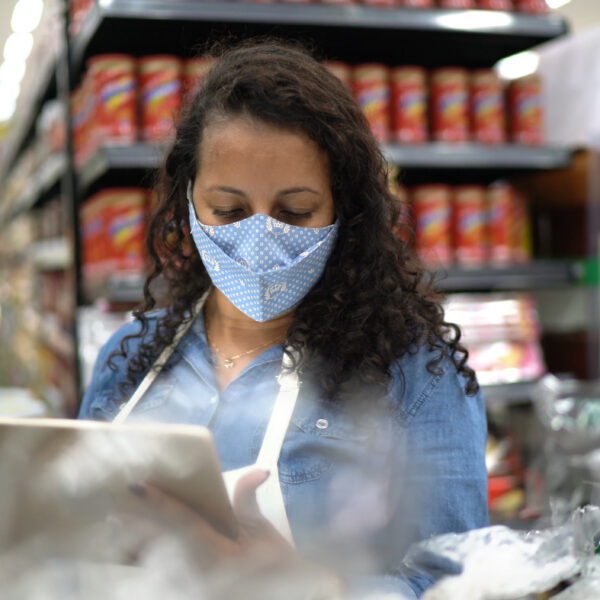
Still Unstable: The Persistence of Schedule Uncertainty During the Pandemic
Unstable and unpredictable work schedules continue to be the norm for service sector workers – especially for workers of color,…
-
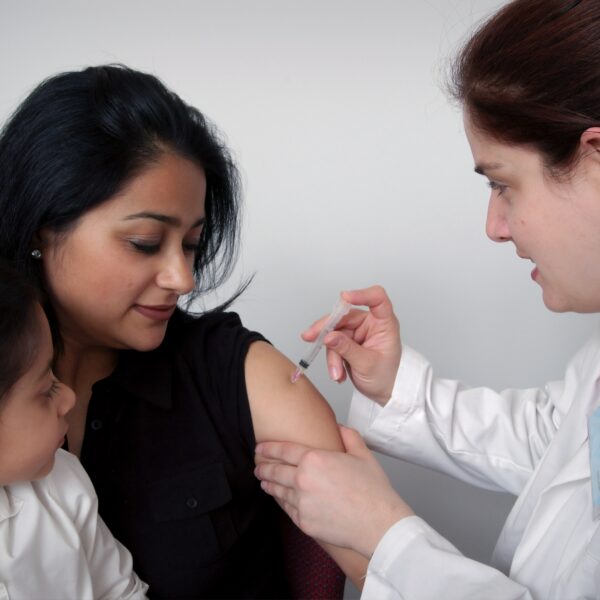
Employee Vaccination Rates in the Retail Sector: Successes and Resistance
Using the most recent shift data, this brief explores how vaccination among service sector workers has changed since the Spring.
-
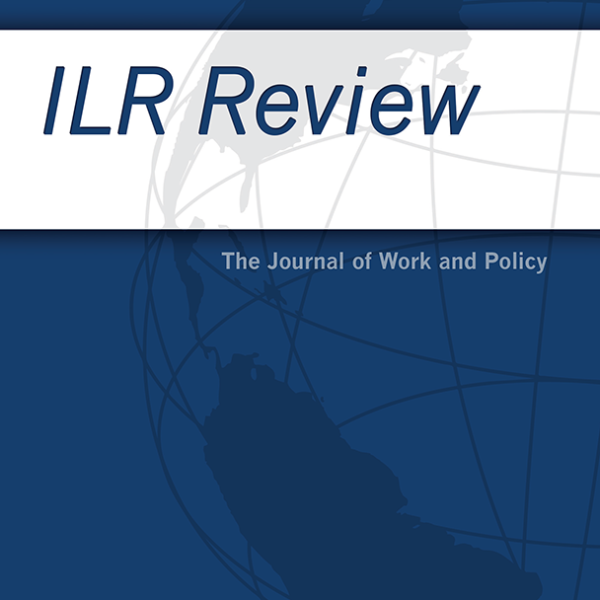
Uncertain Time: Precarious Schedules and Job Turnover in the U.S. Service Sector
The authors develop a model of cumulative disadvantage relating three axes of disadvantage for hourly workers in the US retail…
-
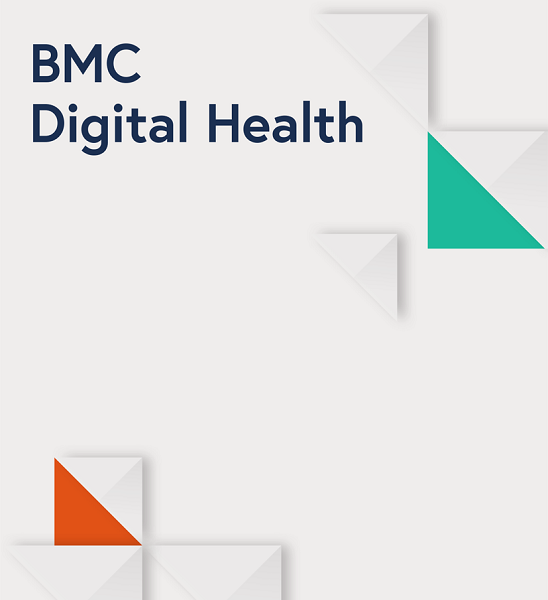
The Association of Paid Medical and Caregiving Leave with the Economic Security and Wellbeing of Service Sector Workers
Access to paid leave enables front line workers to take needed leave from work while maintaining their financial security and…
-

Improving health and economic security by reducing work schedule uncertainty
In 2017, Seattle became the second large US city to pass fair workweek legislation. Seattle’s Secure Scheduling ordinance aims to…
-

Maternal Exposure to Work Schedule Unpredictability and Child Behavior
Alongside wages, work schedules are a fundamental component of job quality, yet work schedules are largely unregulated in the US…
-

Unstable, unpredictable, and insufficient: Work scheduling in the service sector in New England
Research Brief The labor of workers in the retail and food service sector – employed at grocery stores, fast food…
-

Olive Garden’s Expansion Of Paid Sick Leave During COVID-19 Reduced The Share Of Employees Working While Sick
The COVID-19 pandemic has focused public and policy attention on the acute lack of paid sick leave for service-sector workers…
-

Early Career Workers in the Service Sector
The early career period is an important time for launching one’s career trajectory. The service sector is a common setting…
-

Half of Service Sector Workers Are Not Yet Vaccinated for COVID-19: What Gets in the Way?
We find that half of frontline, service sector workers reported being unvaccinated as of early June 2021.
-

Paid Family and Medical Leave in the U.S. Service Sector
This brief examines service sector workers’ need for and use of paid family and medical leave during the COVID19 pandemic.
-

Inequalities At Work And The Toll Of COVID-19
Workplaces shape risk for exposure to COVID-19 through on-site safety practices, including the provision and required use of personal protective…
-

Seattle’s Secure Scheduling Ordinance: Year 2 Worker Impact Report
On July 1, 2017, Seattle implemented one of the nation’s first laws mandating schedule predictability for a subset of workers.…
-

Paid Sick Leave in Virginia: Evidence from the Shift Project
In the midst of a global pandemic, Paid Sick Leave is not just a convenience, but an important policy to…
-
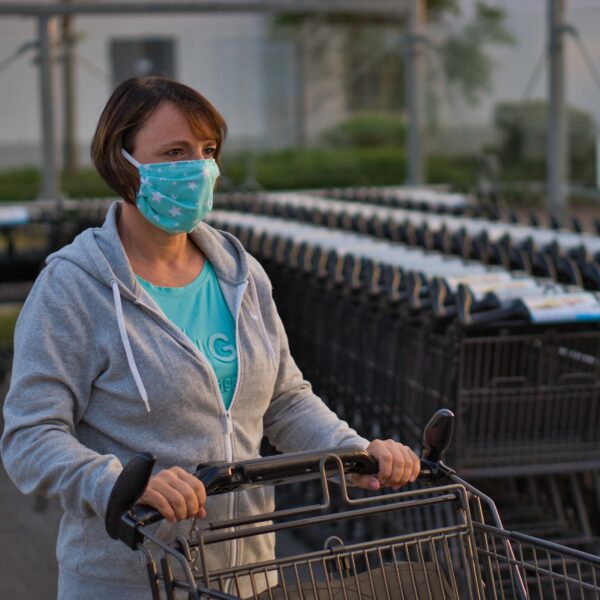
COVID-19 Safety Measures Update
We surveyed 8,422 workers at 32 of the largest retail and food service firms at two points in time -…
-

Losing Sleep over Work Scheduling?: The Relationship between Work Schedules and Sleep Quality for Service Sector Workers
Work schedules in the service sector are often unstable and unpredictable. Chronic uncertainty about the timing of work shifts impedes…
-

Who Cares if Parents have Unpredictable Work Schedules?: Just-in-Time Work Schedules and Child Care Arrangements
Working parents must arrange some type of care for their young children when they are away at work. For parents…
-

Unemployed Without a Net
In this brief, we address key questions about the Unemployment Insurance response to the economic crisis triggered by the pandemic.
-
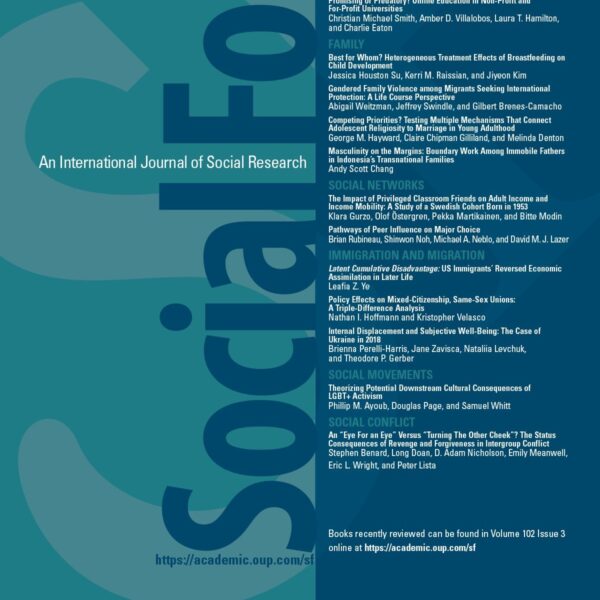
Hard Times: Routine Schedule Unpredictability and Material Hardship among Service Sector Workers
American policymakers have long focused on work as a key means to improve economic wellbeing. Yet, work has become increasingly…
-

Essential Changes Needed for Essential Workers: Job Quality for California’s Service Sector
This report provides a detailed accounting of job conditions for workers in the service sector, drawing on data from The…
-
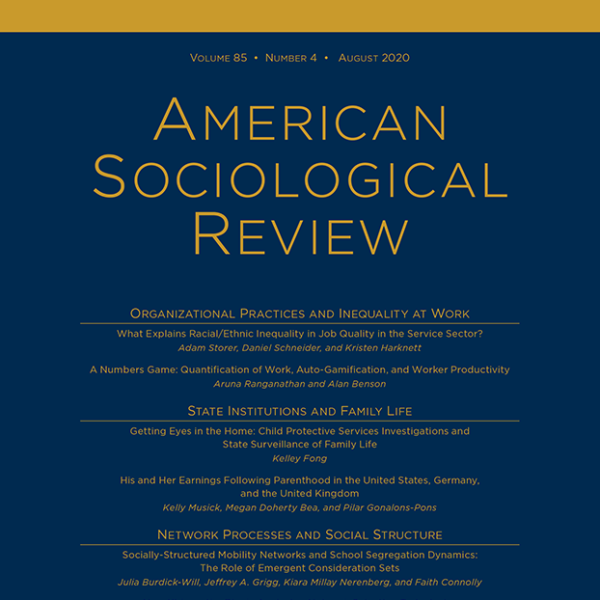
What Explains Racial/Ethnic Inequality in Job Quality in the Service Sector?
Precarious work in the United States is defined by economic and temporal dimensions. A large literature documents the extent of…
-
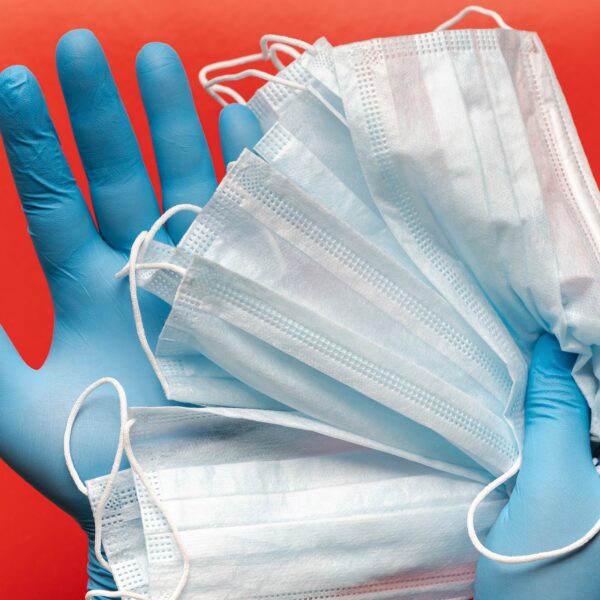
Essential and Unprotected: COVID-19-Related Health and Safety Procedures for Service-Sector Workers
In this research brief, we draw on Shift survey data that gives an early and nearly real-time view into employer…
-

Essential and Vulnerable: Service-Sector Workers and Paid Sick Leave
Against the backdrop of a global health crisis, service-sector workers are newly visible. While millions of American workers have been…
-
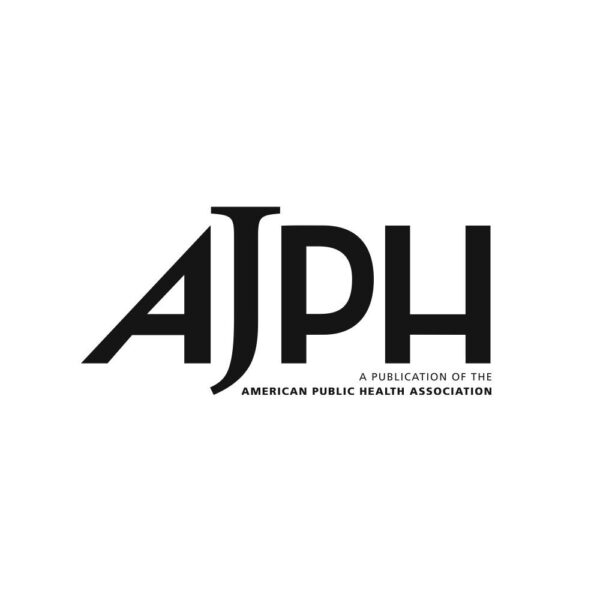
Paid sick leave in Washington state: Evidence on employee outcomes, 2016–2018
This article analyses if Washington State’s paid sick leave law increased access to paid sick leave, reduced employees’ working while…
-
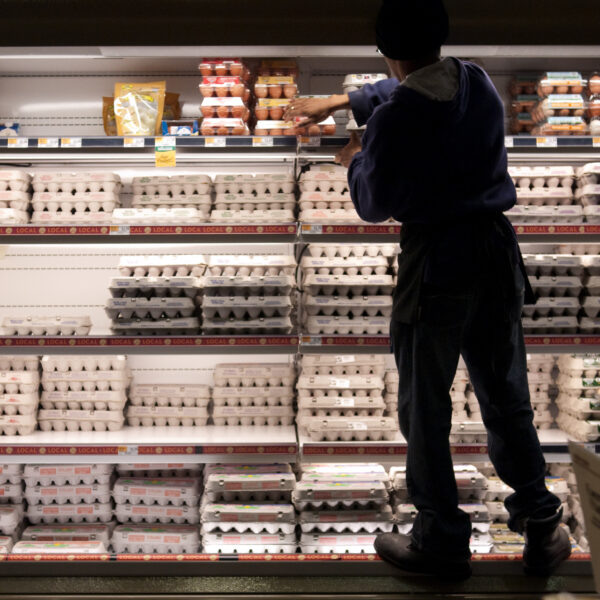
Estimates of Workers Who Lack Access to Paid Sick Leave at 91 Large Service Sector Employers
Using Shift survey data we share tabulations of the percent of hourly workers who report that they lack access to…
-

Precarious Work Schedules And Population Health
Six US cities and one state have passed laws to regulate unstable and unpredictable work scheduling practices, and several firms…
-
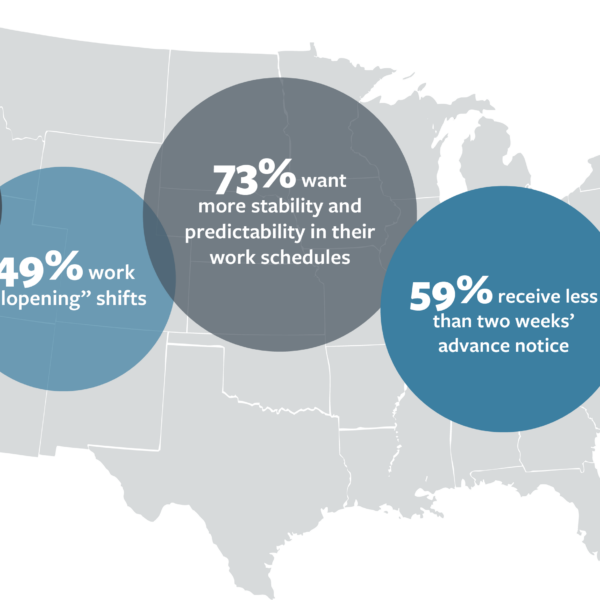
Working in the Service Sector in New Jersey
This research brief is part of a series designed to advance our understanding of working conditions in the service sector—in…
-
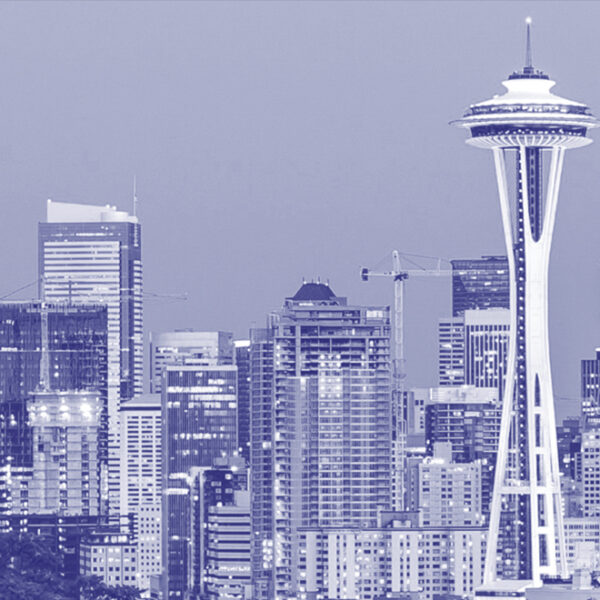
The Evaluation of Seattle’s Secure Scheduling Ordinance: Year 1 Findings
This report contains findings from the first year of implementation of Seattle’s Secure Scheduling Ordinance (SSO) that went into effect…
-
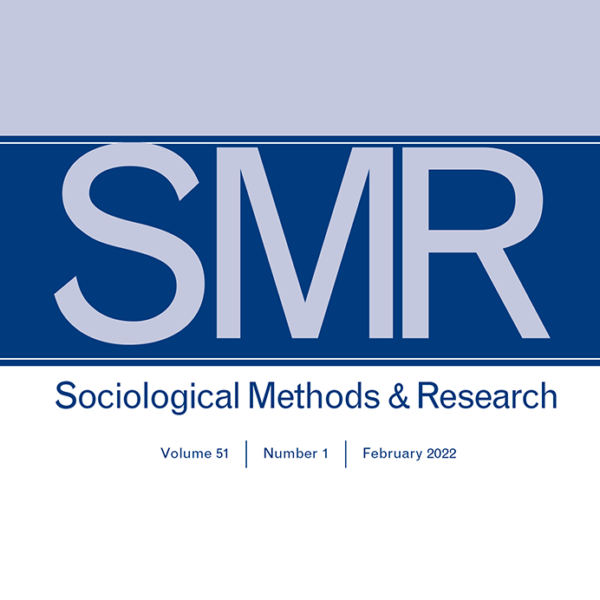
What’s to like? Facebook as a tool for survey data collection
In this article, we explore the use of Facebook targeted advertisements for the collection of survey data. We illustrate the…
-

It’s About Time: How Work Schedule Instability Matters for Workers, Families, and Racial Inequality
Many Americans are working, but poor. Along with low wages and few benefits, the working poor frequently find themselves up…
-

Consequences of Routine Work-Schedule Instability for Worker Health and Well-Being
Research on precarious work and its consequences overwhelmingly focuses on the economic dimension of precarity, epitomized by low wages. But…
-
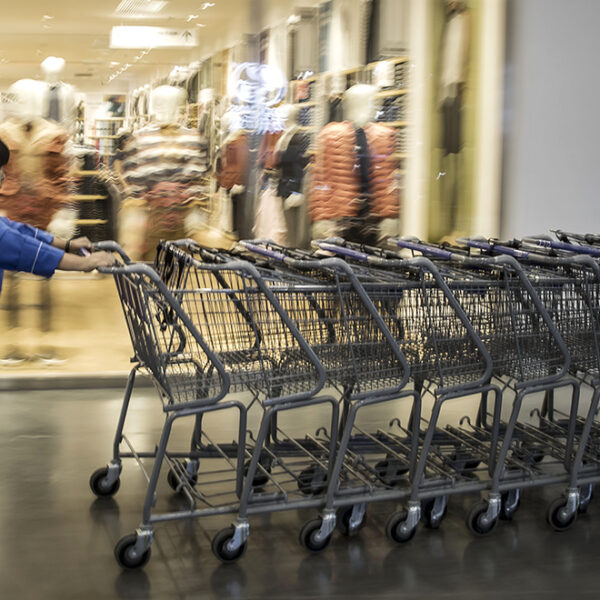
Consequences of Routine Work Schedule Instability for Worker Health and Wellbeing
The American labor market is increasingly unequal, with ever greater returns at the top of the market and growing insecurity…
-
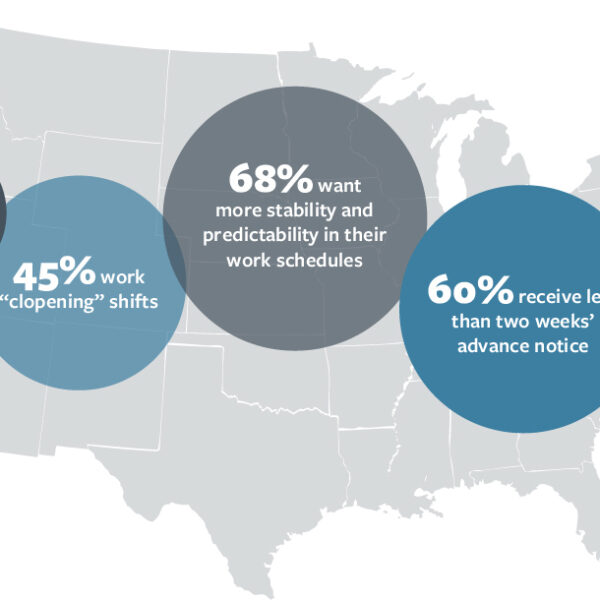
Working in the Service Sector in Boston
This research brief is part of a series designed to advance our understanding of working conditions in the service sector–in…
-

Job Quality and the Educational Gradient in Entry Into Marriage and Cohabitation
Men’s and women’s economic resources are important determinants of marriage timing. Prior demographic and sociological literature has often measured resources…
-
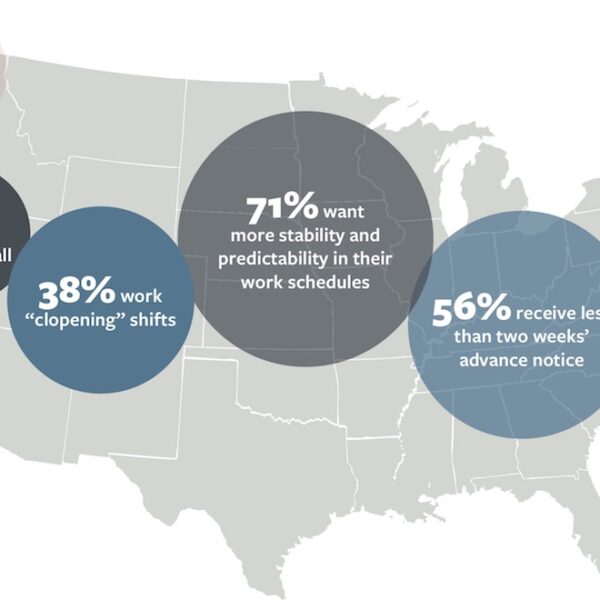
Working in the Service Sector in Washington State
This research brief is part of a series designed to advance our understanding of working conditions in the service sector…
-
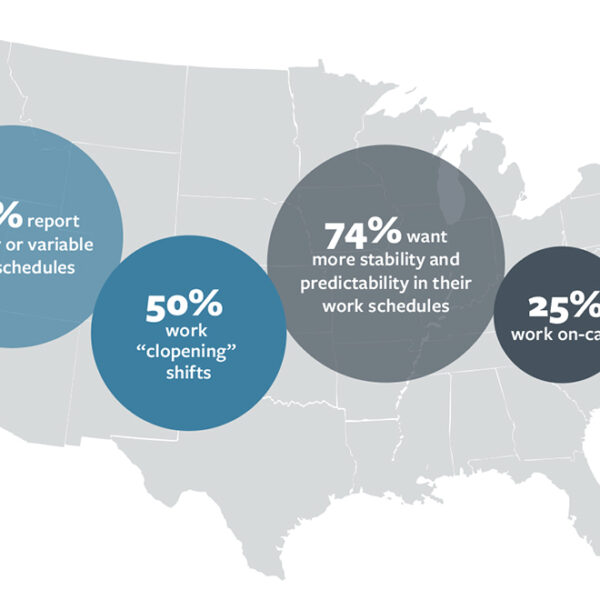
Working in the Service Sector in Connecticut
This research brief is part of series designed to advance our understanding of work conditions in the service sector –…
-

The Evaluation of Seattle’s Secure Scheduling Ordinance: Baseline Report
This baseline report evaluates Seattle’s Secure Scheduling Ordinance and provides considerations for the Year 1 Evaluation.
-
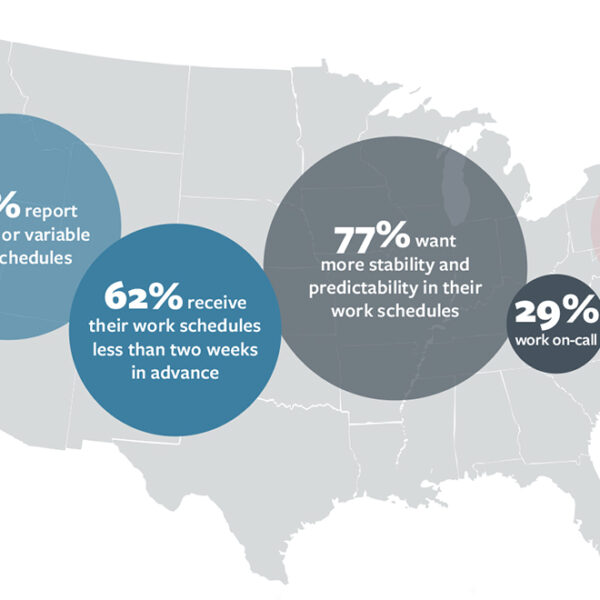
Working in the Service Sector in Philadelphia
This research brief is part of series designed to advance our understanding of work conditions in the service sector –…
-

Instability of Work and Care: How Work Schedules Shape Child-Care Arrangements for Parents Working in the Service Sector
Drawing on 25 in-depth interviews with parents employed in the service sector in the San Francisco Bay area, we find…
-

Income Volatility in the Service Sector: Countours, Causes, and, Consequences
This new research brief enhances our understanding of the connections between income swings and family outcomes for hourly retail workers.